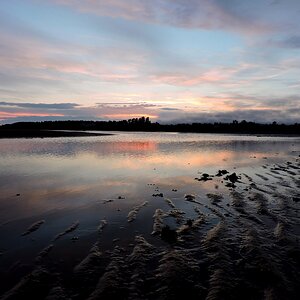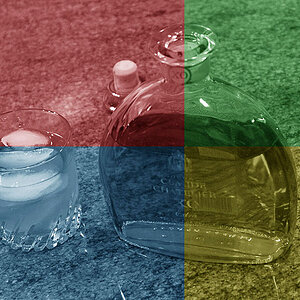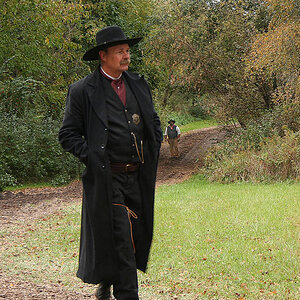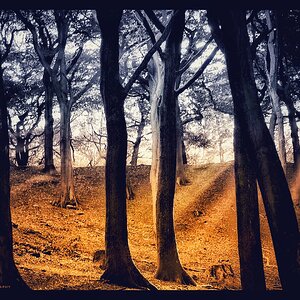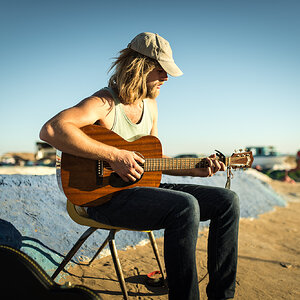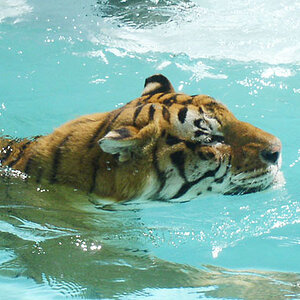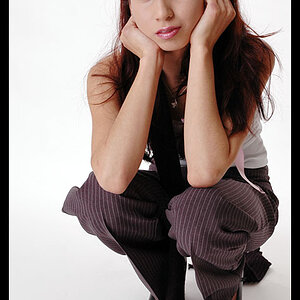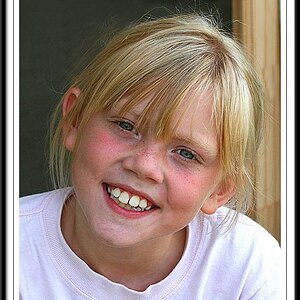Matrixgravity
TPF Noob!
- Joined
- Jul 22, 2011
- Messages
- 46
- Reaction score
- 0
From what I understand so far, adjusting the shutter speed determines how long the shutter of the camera stays open. The longer it stays open, the more light it allows thus making the image look more brighter. The less time the shutter is open, the clearer and darker the picture is.
ISO determines how sensitive the camera is to light. If you increase the ISO, it will increase the brightness of the image but it will also be exposed to grain. Aperture controls Bokeh & Depth of field. That is all I know so far.
So as you can see, I still have a lot to learn... What am I missing?
ISO determines how sensitive the camera is to light. If you increase the ISO, it will increase the brightness of the image but it will also be exposed to grain. Aperture controls Bokeh & Depth of field. That is all I know so far.
So as you can see, I still have a lot to learn... What am I missing?


![[No title]](/data/xfmg/thumbnail/42/42464-98a778e864f4e6df2a9cc673b7549322.jpg?1619740192)
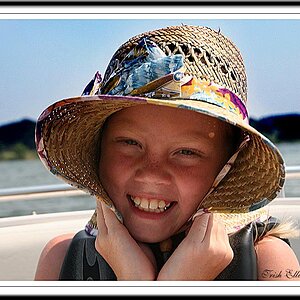
![[No title]](/data/xfmg/thumbnail/39/39460-55f4d48e22a9710f377f2a3dee45992e.jpg?1619739039)
